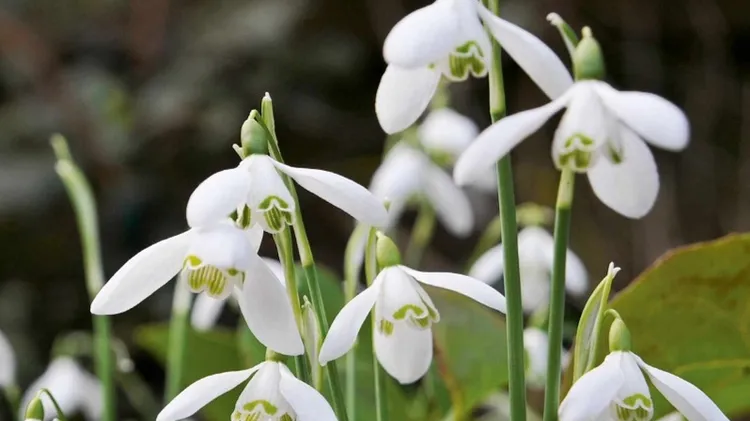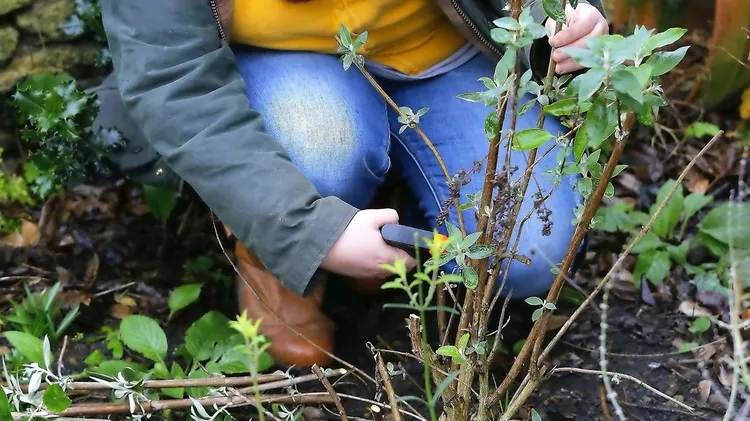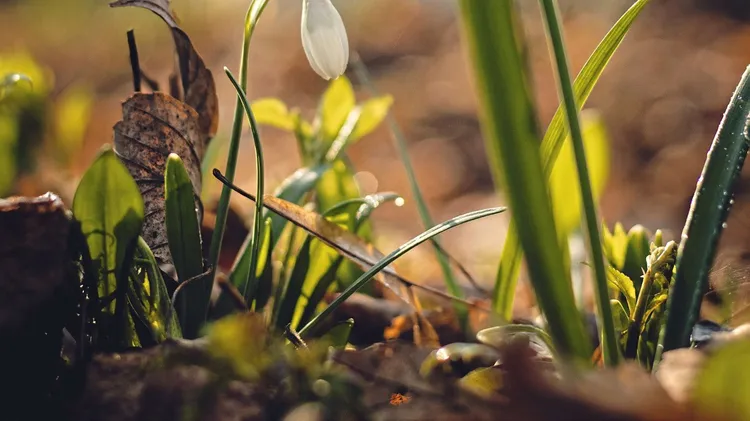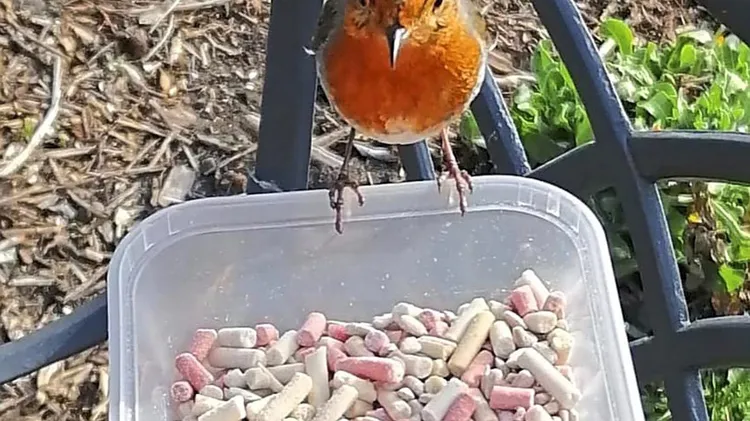In June, Jim Cable hides fading bulbs with Geranium ‘Rozanne’, gives perennia
Things to do
2 min read
This article is from...
Read this article and 8000+ more magazines and newspapers on Readly






